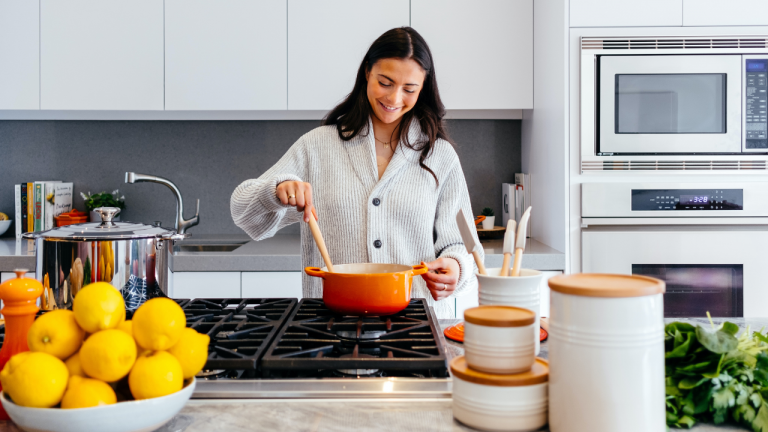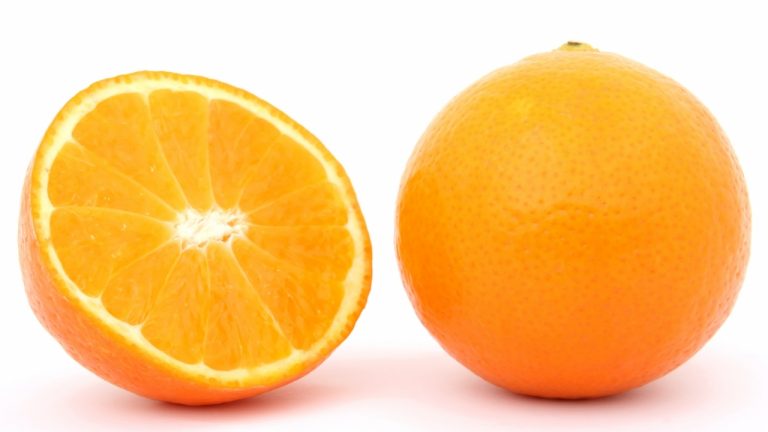The Food Pyramid – A Guide to a Balanced Diet

The Healthy Food Pyramid enjoy the variety of food and be active everyday
. Daily Exercise: Regular exercise is essential to maintain health.
. A minimum of 6-8 glasses of water should be taken.
. Sunlight for 10 minutes a day to activate vitamin D.
A food guide pyramid is an educational tool that shows the dietary guidelines in an easily understood graphic format. It was originally prepared by the Human Nutrition Information Service and published in 1992 by the U.S.
Department of Agriculture. It is meant for use by the general healthy population as a guide for the amounts and types of foods to be included in the daily diet. The pyramid was designed to help teach the concepts of variety, moderation, and the inclusion of food types in an appropriate proportion in the total diet. The food guide pyramid can be modified for different age groups. Food guide pyramid helps to reduce the risk of chronic diseases and meets the RDA of different nutrients.
The numbers in the figure indicate the exchanges required of the group by an adult man doing sedentary work.
Different foods have different nutritional values, it is not possible to obtain all the nutrients we need from a single food. Neither eating too much nor too little is good for our health. If we do not eat enough, under-nutrition and symptoms of deficiency are likely to develop; while over-nutrition and obesity. Therefore, we have to eat the right amount of food to stay healthy.
Healthy Eating Food Pyramid
• Eat Most – Grains
• Eat More – Vegetables and fruits
• Eat Moderately – Meat, fish, egg, and alternatives (including dry beans) and milk and alternatives
• Eat Less – Fat/ oil, salt and sugar
• Drink adequate amount of fluid (including water, tea, clear soup, etc) every day

Recommended dietary allowances RDA
Energy-2425 kcal
Protein-60 g
Menu plan using exchange list
The balanced diets for adults using food exchange list:
•Cereal exchange: 1.5-3.5 g protein
1 bowl of grains is equivalent to:
• Cooked rice, 1 bowl
• Cooked rava upma, 1 bowls
• Bread, 2 slices
• Chapathi, 2
• Idli, 2
• Dosa, 2
• Ragi puttu,1 bowl
•Vegetable exchange
1 serving of vegetables is equivalent to:
• Cooked vegetables,1/2 bowl
• Raw vegetables, 1 bowl
• Mint chutney, 1/4 bowl
• Onion chutney, 1/4 bowl
• Vegetable soup, 1/2 bowl
• Palak gravy, 1 cup
•Fruit exchange
1 serving of fruit is equivalent to:
• Medium-sized apple, 1 piece
• Kiwi, 2 pieces
• Fruit cuts,1/2 bowl
• Banana, 1
• Custard apple, 1
• Guava, 1
•Meat exchange: 5 g of protein
1 serving of meat is equivalent to:
• Cooked meat, 4-5 slices
• Egg, 1 piece
• Fish, 1 piece
•Milk exchange: 4.5 g protein
1 serving of milk and alternatives is equivalent to:
• Low-fat milk, 1 cup (240 ml)
• Low-fat cheese, 2 slices
• Low-fat plain yogurt, 1 pot (150 ml)
• Paneer, 40 g
• Butter milk, 1 glass
• Badam milk shake,1 cup
• Banana milk shake, 1 cup
•Pulse exchange: 3-5 g protein
• Dal fry, 1/2 bowl
• Moong salad, 1/2 bowl
• Chickpeas, 1 small bowl
• Baked vada, 2 nos
• Roasted bengal gram chutney, 1/4 cup
• Sambar, rasam,1/2 bowl
The above recommendations are intended for healthy individuals only. Those with chronic diseases and specific nutritional needs should consult their family doctors and dietitians for individualized dietary recommendations.



